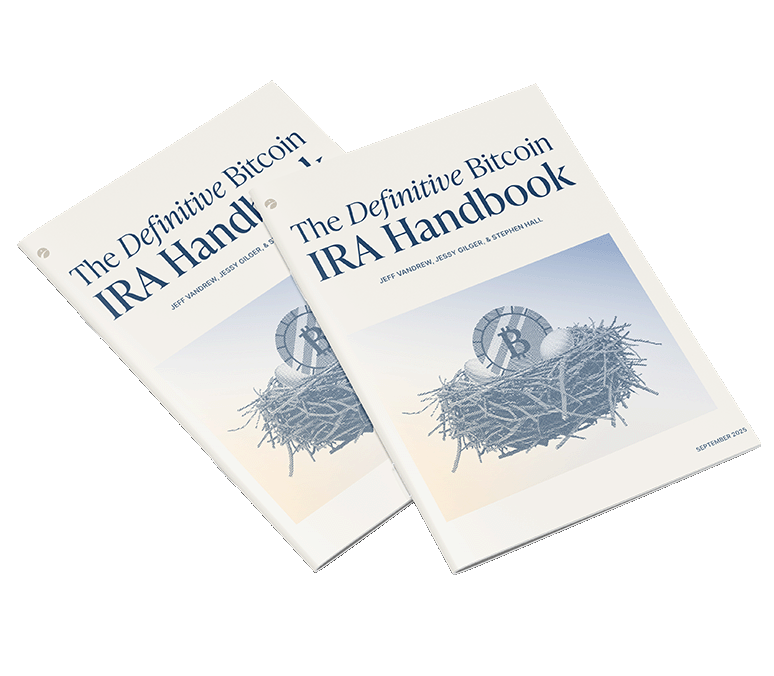
The definitive bitcoin IRA handbook


Bitcoin is a multigenerational asset, but it’s important that the process of passing bitcoin to future generations is made simple. Today, we’re launching a new Inheritance Protocol to be used alongside our vaults, which will ensure that your bitcoin are safely passed on to your loved ones.
Inheritance with self-custodied bitcoin has a different set of problems to address than inheritance with traditional assets.
The first step of making an estate plan is to ensure that legal title to your assets is properly distributed to your loved ones after your death. Although this process looks similar for all assets, even bitcoin, it can be difficult to find an estate planner that sufficiently understands bitcoin.
Then there’s the challenge of a transfer of possession. With a fiat bank account, your executor (the person that distributes your estate after death; could also be a trustee) can always regain access after your death by working with a bank’s customer support team since bank accounts are custodial. The same goes for stocks and your brokerage. Even with gold, as long as your executor knows the gold’s location, they can always eventually access it, even if it is stored in a locked vault that they don’t know the password to (with a little work!).
Not so with self-custodied bitcoin. Bitcoin wallets typically use multiple layers of protection that could make recovery extremely challenging, if not impossible, if your executor isn’t provided with certain information in advance. And if the executor or beneficiaries are non-technical (or simply unfamiliar with bitcoin), there is a risk of them making costly mistakes.
If you’re using a singlesig bitcoin wallet and you do provide your executor with the associated seed phrase or wallet file and password in advance, then you’re exposed to a number of risks. No matter how much you trust that person, they could still be a vector for theft by someone else.
This is where Unchained’s vaults can help. You can confidently provide your executor a single key from your 2-of-3 multisig vault, safe in the knowledge that neither they nor anyone that gains access to their key can see the balance of your multisig bitcoin or spend your bitcoin on their own. And when the time comes, we can work with your executor to correctly distribute your funds by signing with the key we hold on your behalf.
Our vault platform has always been compatible with existing estate plans, but we wanted to give our clients an even better experience and provide their loved ones with a simple and safe path to recovering an Unchained vault, regardless of their technical proficiency.
We’re pleased to introduce what we believe is the simplest solution to ensure that your bitcoin is securely passed on to the next generation: the Unchained Inheritance Protocol.

The Unchained Inheritance Protocol is a complete package of documents providing everything you need to prepare your Unchained vault for inheritance. The protocol has been carefully designed to preserve your privacy and to avoid creating single points of failure. It includes:
The materials come printed on embossed, high-quality paper designed to last generations without yellowing or fading. They’re built to be timeless documents and recognized as such.
If you’re an existing client, you can purchase the Unchained Inheritance Protocol separately, which includes a one-to-one call to introduce the materials and answer any of your questions.